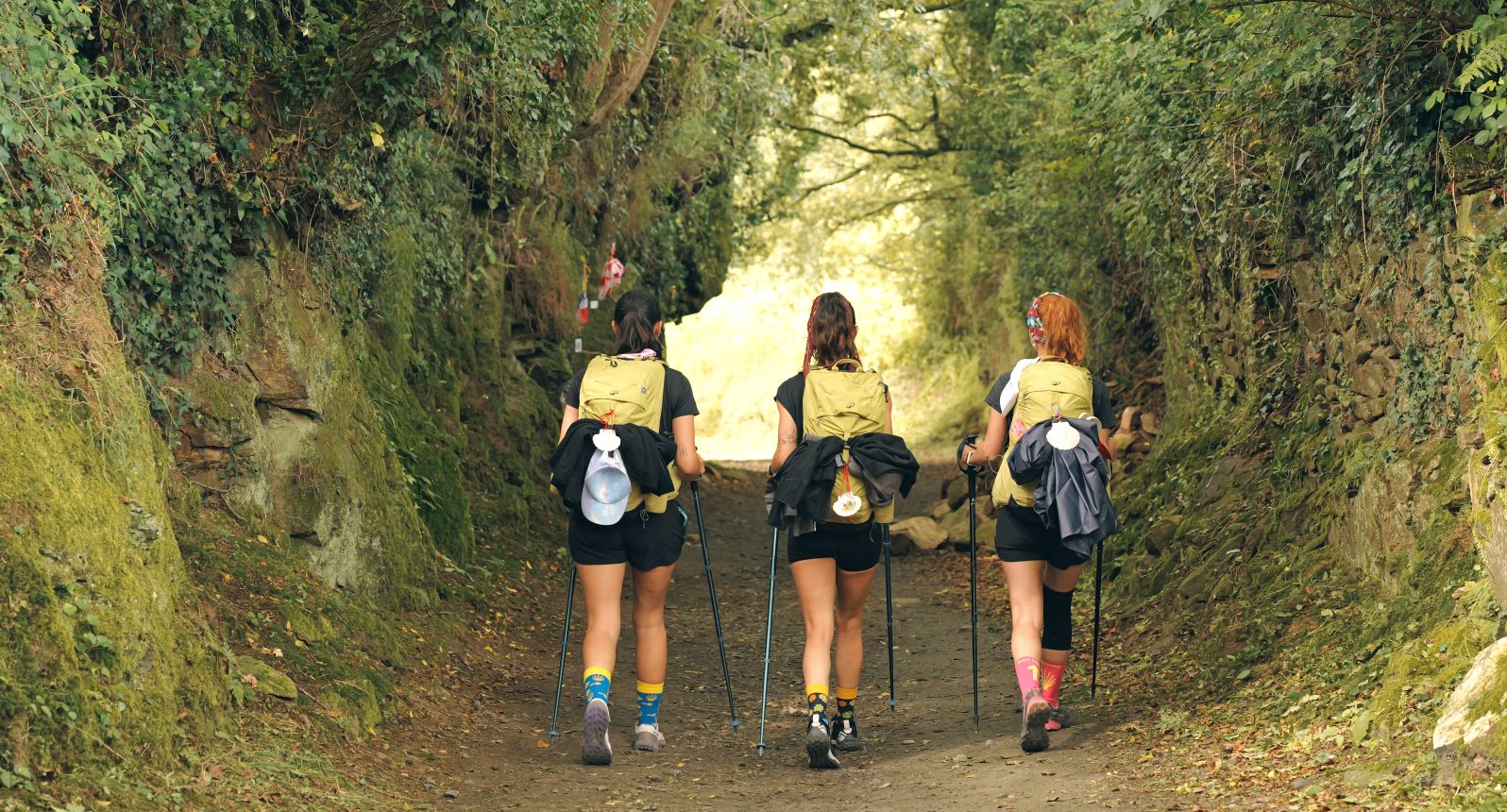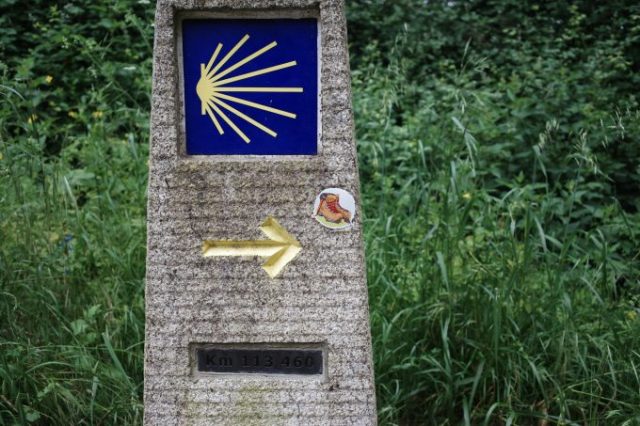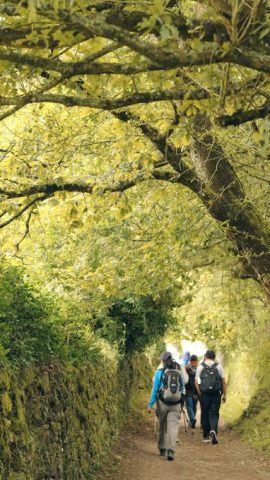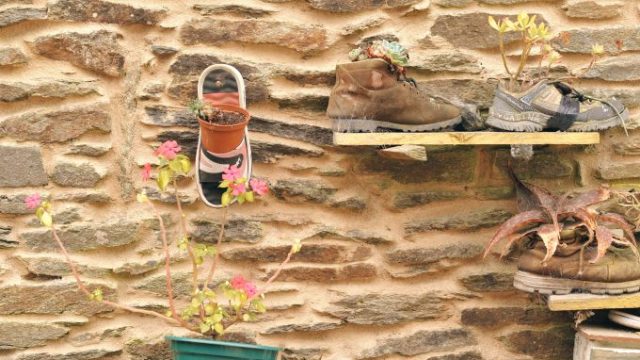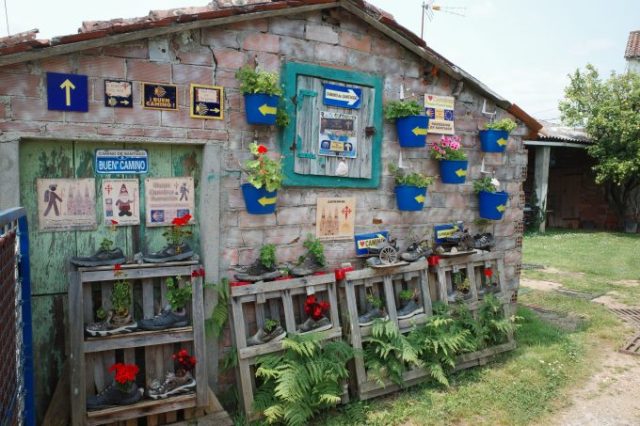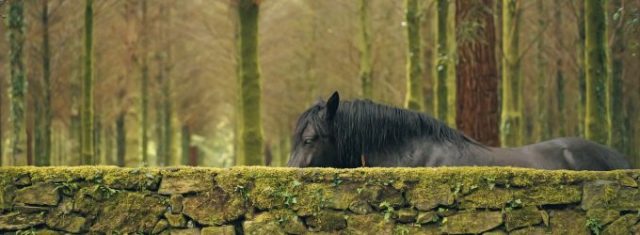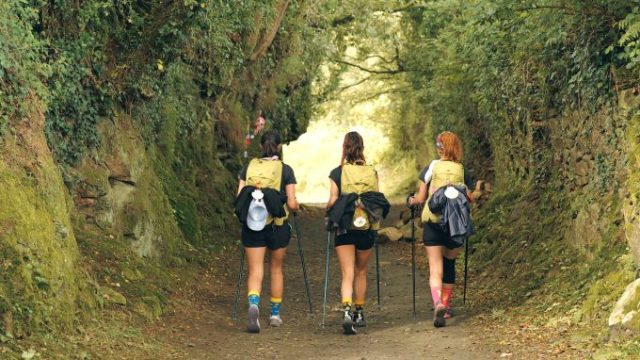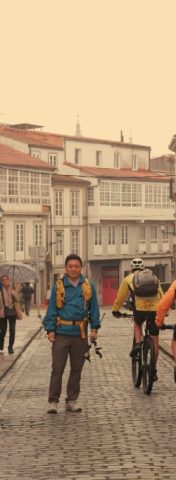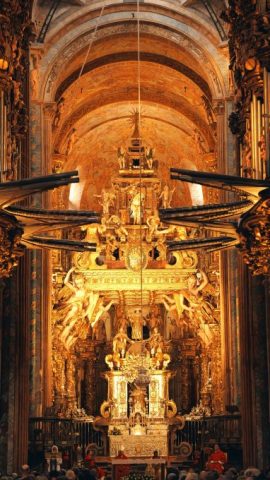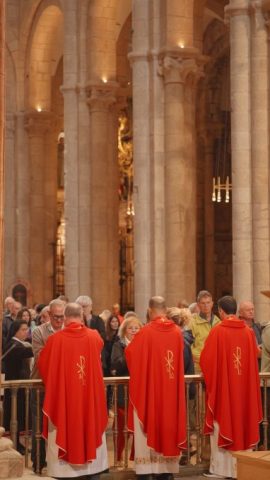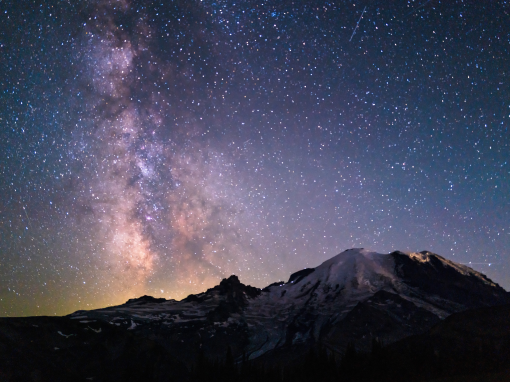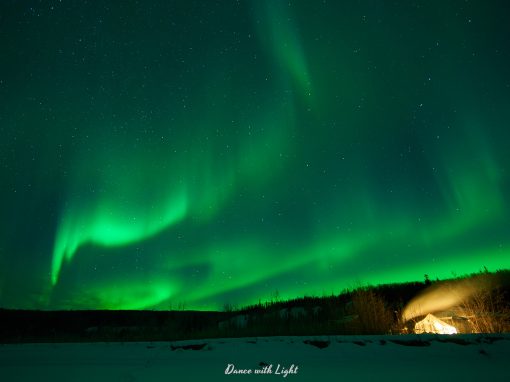With each step, I measure the earth beneath my feet; with each breath, I measure the journey of life.
On the Camino de Santiago in Spain at the milestone age of fifty, this pilgrimage became a promise kept, both to myself and to dear friends. From Sarria to Santiago, a hundred kilometers on foot, one hundred ninety thousand steps of resolve: not merely a physical challenge, but a silent conversation with the soul.
At dawn, as the first shaft of sunlight pierced the clouds and fell on dew-covered grass, I set foot on this thousand-year-old path. Along the way, golden scallop shells shimmered like celestial breadcrumbs pointing the direction. Roses in full bloom spilled over village walls: resilient beauty thriving among thorns, the embodiment of temptation and grace.
When my knees ached…
When sweat mixed with rain ran down my cheeks…
When hunger gnawed and loneliness enveloped me…
Only then did I understand: the lighter the burden, the steadier the stride.
As my driving instructor, Mr. Li, once said:
“It’s not slowness that hurts you—it’s stopping.”
Life is like walking the Camino. It’s not about speed, it’s about the unwavering decision to keep going. Everyone tries their best. Step by step, we may differ only slightly. But across a lifetime, over 200 million steps, that difference becomes a world apart.
On the road, I crossed paths with a designer from Chile, an artist of art therapy and illustration whose shoulder bore the totem of the Xun hexagram from the I Ching. That symbol of wind brought me back to three decades ago, when Master Wang cast my destiny through the ancient text I Ching. A handwritten chart: one copy with her, one with me, has stood the test of time. Everything she predicted has come to pass.
Fate’s encounters are rarely by chance, they are “sincronicidad” (共时性).
They are often the destined intersections written into the long river of life.
The Xun hexagram, the 57th of the I Ching’s sixty-four, represents wind—gentle, yielding, yet pervasive. Its poetic image reads:
A lone boat stranded on sandy shores, with pole but no water—progress is hard.
Yet when storms flood the rivers and lakes, one floats with ease, effortlessly going and returning.
Inside the Cathedral of Santiago, as the massive Botafumeiro incense burner swung beneath the dome, smoke rose like prayers, and the choir’s song soared, I felt both the smallness and grandeur of life. In that moment, countless tears fell in silence.
We remembered muddy childhoods, the hardships we had endured, and those who had pushed us forward with kindness and strength.
The most precious part of life is not the joy of reaching the destination, but the insights gathered with every step along the journey.
True happiness belongs to those who are content.
And fortune, I believe, favors those who are prepared, grateful, and never complains toward the world.
From the black soil of Arongqi in Inner Mongolia,
to the sacred grounds of Confucius and Mencius,
to the Emerald City of Seattle in Washington State,
this fifty-year odyssey has taken me down roads less traveled.
I’ve witnessed sunrises and sunsets at Cloud 9 from places most never reach.
I’ve tasted bitterness that words could not express.
I’ve fallen. I’ve risen.
And in doing so, I’ve found a quiet peace, clear as still water.
This pilgrimage was a letting go,
a moment to give thanks for everyone who once warmed my heart,
to seek the answers buried deep within,
and to pave a lighter path for the next fifty years.
The destination is not an end
It is simply the beginning of something renewed.
To all who are still on their journey, this is for you.
